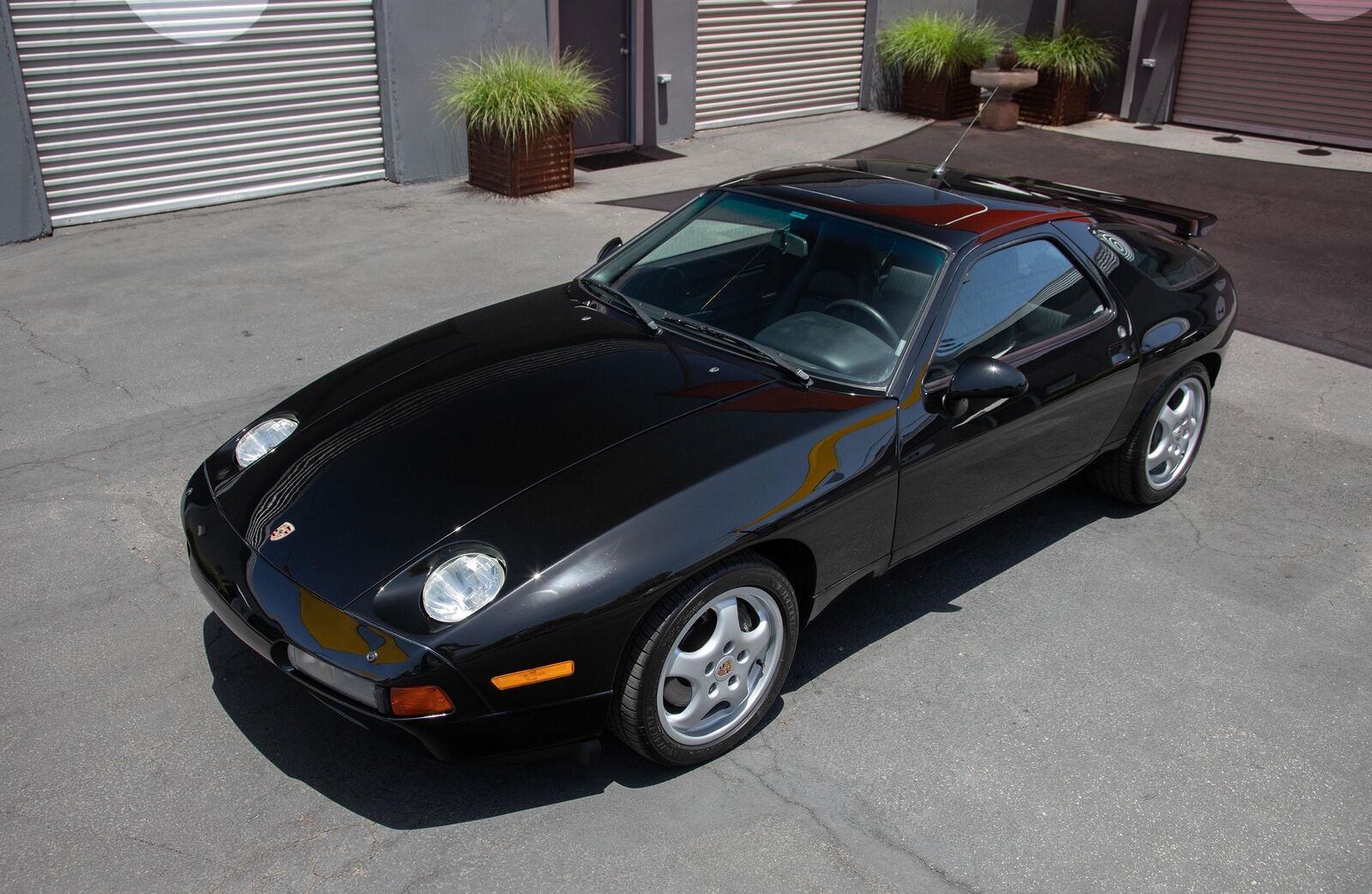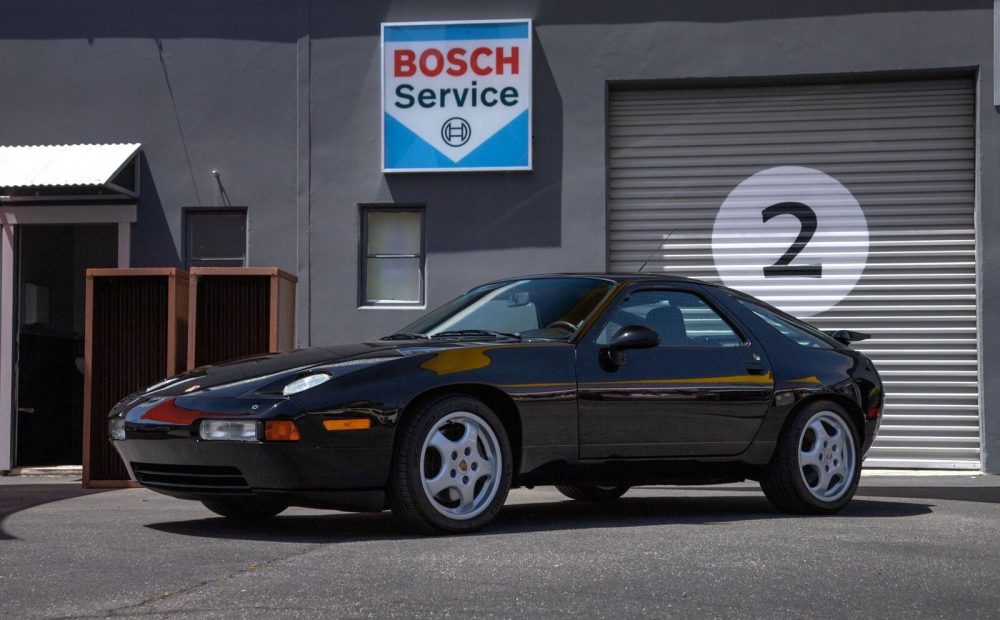
When I was about 5 years old, my father took me to the Porsche dealership. Rows of new arrivals from Zuffenhausen lined up, a cornucopia of Easter egg-colored speed machines. In 1983, the low, organic, flowing shapes of the 911 and 944 stood in vast contrast to the bulk of three-box designs that proliferated the marketplace. But there was one shape that really stuck out to me – the 928.
In 1983, Porsche hadn’t yet abandoned its hope that the 928 would ascend to the top of the Porsche model lineup, and because of this I don’t remember seeing any 928s outside. Where I did see them was inside the showroom, where I distinctly remember one residing. My father was taken by the 911 (still is, to this day), and perhaps it was a father-versus-son stereotypical response, but the air-cooled model looked old and antiquated. The 928 was, both literally and figuratively, the antithesis of the 911. Water-cooled, front-engined, Grand Touring. It looked like a spaceship both inside and out. Clearly, this was the future I was witnessing.
Yet the 928, for all its press and relative market success, never caught completely on. It was never able to wrest the crown from the 911 as the signature model for Porsche. But what is perhaps most surprising to me is that it is one of the few cars that today, over forty years gone from its design phase, that unlike basically every other car model produced in the 1970s and 1980s, it still looks futuristic today. Okay, admittedly, the plastics have aged, tiny wheels with big, comfy side walls are no longer the norm and flush-fitted windows, lights, locks and antenna would clean the design up significantly. But compare this design to a few contemporaries, for a moment – the 1976 Chrysler New Yorker, the Toyota Cressida, or the Fiat 128. Three different nations, three different versions of the present, none anywhere near as revolutionary as the design that sits here:



